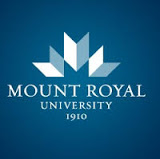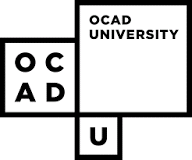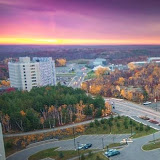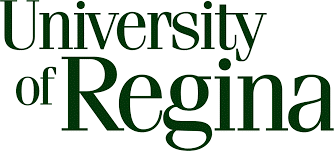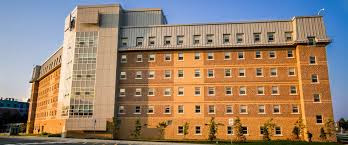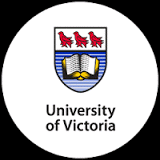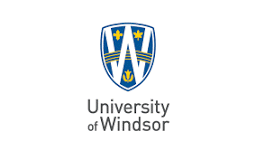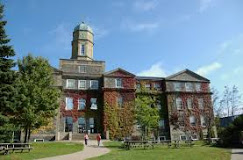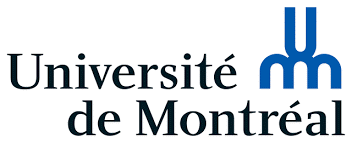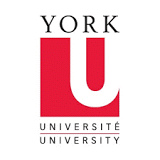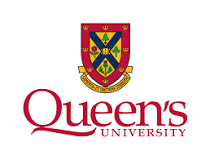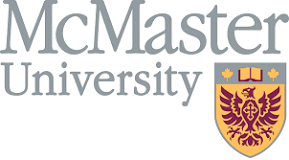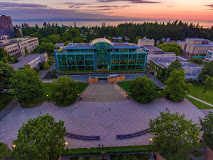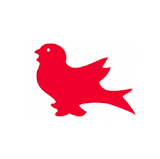Canada
Economic Overview of Canada and What it means for International Students

For 2016, Canada’s real GDP is projected to grow by 1.7%, which is stronger than 1.2% rise in 2015. Last year was a difficult year for Canadian economy and according to the latest Royal Bank of Canada Economics Outlook report the challenges are expected to continue this year as well, as energy companies will downsize. Oil prices are likely to remain lower than previously expected.
The win of Justin Trudeau's Liberals in the general election in 2015, ended a decade of Conservative rule in Canada. As a consequence public spending on infrastructure will increase while environmental targets are expected to stiffen. The unemployment rate in Canada was at 7.1% in 2015.
What this means for international students
The economic growth is expected to grow faster in the coming year as compared to 2015. The Canadian economy will see a lot of radical ups and downs as the change in government usually results in drastic measures being implied. Thankfully, the Trudeau government has relaxed policies concerning immigrants, so the Permanent Residency (PR) process should remain the same and intake of highly skilled workers should stay the same or increase.
Last year, job losses in construction, oil and gas and mining were countered by gains in the service sector. So looking at the trends, jobs related to the service sector seem to be the most attractive. The service sector in Canada employs about three quarters of Canadian working population and accounts for 78% of GDP. Within services, retail is the biggest sector followed by financial services, real estate, and communications industries.
The service industry is mainly concentrated in the major urban cities like specially Montreal, Toronto and Vancouver. The education and healthcare sectors are important sectors but both are under the control of the government. The healthcare industry is growing really fast recently, and is the third largest in Canada.
Back












